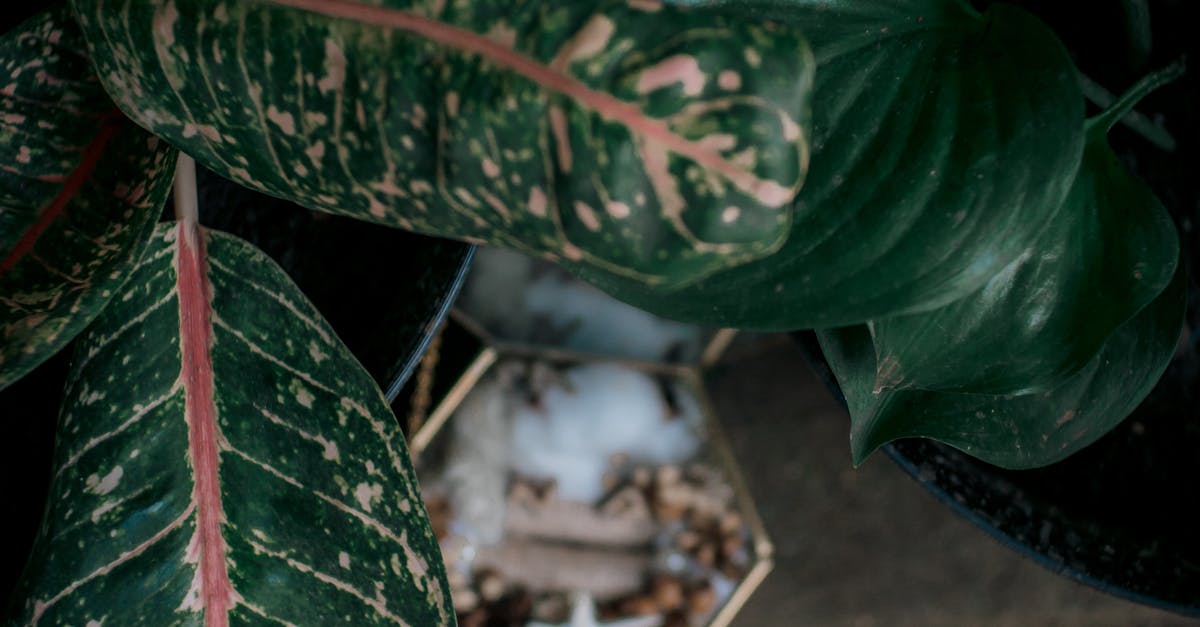
ng on the inner band with a significant date or phrase that holds sentimental value. These subtle yet personal additions can make your solitaire ring even more special and meaningful.Customizing Amethyst Engagement Rings
Selecting the Right Amethyst for Engagement Rings
Another way to add a personal touch is by customizing the setting of your solitaire ring. You can opt for a unique prong design, such as a heart or infinity symbol, to add a touch of individuality to your ring. Additionally, you could consider adding a delicate halo of smaller diamonds around the solitaire diamond for a glamorous and distinct look. By exploring these customization options, you can create a solitaire ring that truly reflects your personality and style.Amethyst Engagement Rings: Trending Styles
Customizing Amethyst Engagement Rings
Popular Metal Choices for Solitaire RingsThe History of Amethyst Engagement Rings Amethyst Engagement Rings: Trending Styles
When it comes to selecting the metal for your solitaire engagement ring, there are several popular choices to consider. One of the most common options is white gold, which offers a classic and elegant look that complements the brilliance of the diamond. White gold is a versatile choice that pairs well with any diamond shape or size, making it a timeless and popular option for solitaire rings.Opal Engagement Rings: Tips for Caring and Maintenance
The History of Amethyst Engagement Rings
Another popular metal choice for solitaire rings is platinum. Known for its durability and stunning natural white sheen, platinum is a luxurious and high-quality metal that showcases the diamond beautifully. While platinum is more expensive than white gold, its resilience and hypoallergenic properties make it a worthwhile investment for a piece of jewellery that will last a lifetime.Amethyst Engagement Rings: A Distinctive Choice
Opal Engagement Rings: Tips for Caring and Maintenance
White Gold vs. PlatinumChoosing the Perfect Amethyst Engagement Ring Amethyst Engagement Rings: A Distinctive Choice
When it comes to choosing between white gold and platinum for your solitaire engagement ring, there are a few key factors to consider. White gold is a popular choice due to its affordability and versatility. It is a mixture of pure gold and white metals like silver and palladium, giving it a shiny, silvery appearance. However, it may require more frequent rhodium plating to maintain its bright white color over time.Caring for Amethyst Engagement Rings
Choosing the Perfect Amethyst Engagement Ring
On the other hand, platinum is a premium metal known for its durability and rarity. It is naturally white and will not fade or tarnish over time, making it a low-maintenance option for your engagement ring. While platinum is more expensive than white gold, its strength and longevity make it a worthwhile investment for a piece of jewellery that will be worn every day.The Symbolism of Amethyst in ECaring for Amethyst Engagement Rings
The Symbolism of Amethyst in Engagement Rings
Opal Engagement Rings: Pairing with Wedding Bands and Bridal Jewelry
Unique Designs for Amethyst Engagement Rings
The allure of Amethyst Engagement Rings
Opal Engagement Rings: Budget-Friendly Alternatives with Timeless Appeal
Opal Engagement Rings: Exploring Different Cuts and Settings
Opal Engagement Rings: Customization Options and Personalization Ideas
The History of Opal Engagement Rings: From Tradition to Modern Trends
Opal Engagement Rings: Finding the Perfect Design for Your Partner
Opal Engagement Rings: Understanding the Symbolism and Significance
Opal Engagement Rings: A Unique and Ethereal Choice for Your Proposal Finding the Perfect Ruby Engagement Ring for Your BudgetRelated LinksFinding the Perfect Ruby Engagement Ring for Your Budget Ruby Engagement Rings: Traditional vs. Modern Styles
Top 10 Solitaire Engagement Ring DesignsRuby Engagement Rings: Traditional vs. Modern Styles The Best Metal Choices for Ruby Engagement RingsPros and Cons of Solitaire Engagement RingsThe Best Metal Choices for Ruby Engagement Rings Customizing Your Ruby Engagement Ring: Design Options
The Popularity of Solitaire Engagement Rings in AustraliaCustomizing Your Ruby Engagement Ring: Design Options Unique and Alternative Ruby Engagement Ring Designs
Solitaire Engagement Rings: Setting OptionsUnique and Alternative Ruby Engagement Ring Designs Comparing Ruby Engagement Rings with Other Gemstone Options
Tips for Buying a Solitaire Engagement RingComparing Ruby Engagement Rings with Other Gemstone Options The Meaning and Significance of Ruby Engagement Rings
Solitaire Engagement Rings: Diamond Shape OptionsThe Meaning and Significance of Ruby Engagement Rings Caring for and Maintaining Your Ruby Engagement Ring
Caring for and Maintaining Your Ruby Engagement Ring
Choosing the Perfect Setting for Your Ruby Engagement Ring
The Myth and Lore Behind Emerald Engagement Rings
The History and Symbolism of Ruby Engagement Rings
Customising Your Emerald Engagement Ring: A Guide
The Unique Appeal of Vintage Emerald Engagement Rings Choosing the Perfect Emerald for Your Engagement Ring